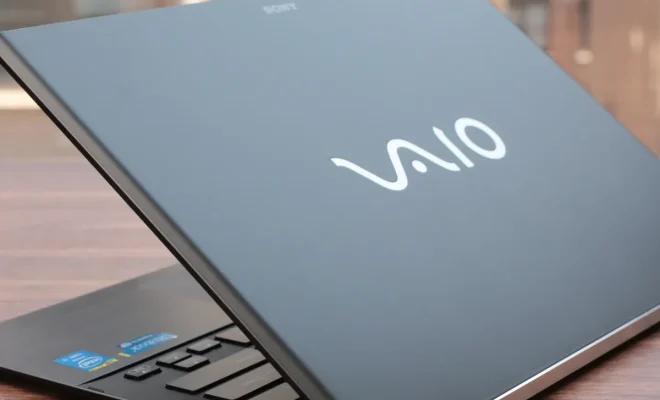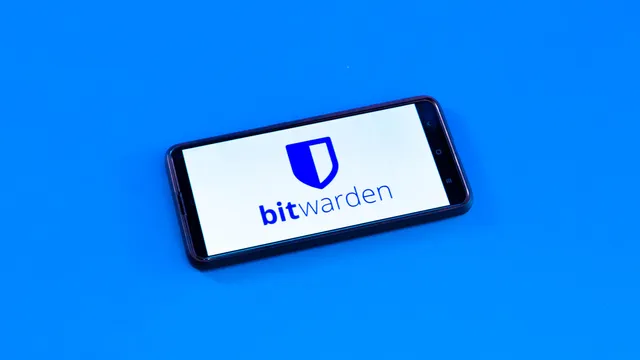FAFSA Is Open for 2023: Learn Why You Should Apply ASAP for Financial Aid

The Free Application for Federal Student Aid (FAFSA) has officially opened for the 2023 academic year, and it’s crucial that you apply as soon as possible to maximize your chances of securing financial assistance. In this article, we’ll outline the importance of applying early, discuss eligibility requirements, and provide tips for navigating the FAFSA application process.
Why Apply for Financial Aid ASAP?
1. Limited resources: Many forms of financial aid, including grants and scholarships, are distributed on a first-come, first-served basis. By submitting your FAFSA early, you increase your chances of receiving these funds.
2. Opportunity for state aid: Different states have varying deadlines for accessing their financial aid programs. Applying early ensures that your application is ready by the deadline, allowing you to tap into multiple sources of funding.
3. More time to find other financing options: Applying early allows you to receive your financial aid award letter sooner, helping you plan effectively and explore alternative funding sources if needed.
Understanding Eligibility Requirements:
Before proceeding with your FAFSA application, it’s essential to determine if you meet the basic eligibility criteria. For starters, all U.S citizens and eligible non-citizens with valid Social Security numbers can apply for financial aid. Additionally, applicants must be enrolled in an eligible degree or certificate program at an accredited college or university.
Stellar students should also keep in mind that for certain funding types like work-study programs or merit-based scholarships, maintaining satisfactory academic progress is critical.
Navigating the FAFSA Application Process:
Start by gathering necessary documentation such as Social Security numbers (for both you and your parents if you’re a dependent), federal income tax returns from the previous year (if available), and bank statements. Next, follow these steps:
1. Create an FSA ID: Both you and a parent (if you’re a dependent) need an FSA ID to access and sign the application electronically.
2. Complete the FAFSA form: You can submit your FAFSA online at fafsa.gov or use the myStudentAid mobile app. Be sure to provide accurate and complete information. Errors can lead to delays or inaccuracies in your financial aid award.
3. Review your Student Aid Report (SAR): After submission, you will receive your SAR, which summarizes your FAFSA information and lets you know if you have been selected for verification.
4. Respond promptly to verification requests: If chosen for verification, you’ll need to provide additional documents to confirm the information in your application. Respond quickly to avoid delays in receiving financial aid.
5. Review and compare financial aid offers from schools: Once you get your financial aid award letters, compare offers from various schools and make an informed decision about which institution best fits your unique needs, preferences, and financial capacity.
In conclusion, with the FAFSA open for 2023, now is the perfect time to apply for financial aid. By submitting your application early, understanding eligibility requirements, and following helpful tips for navigating the process, you can secure much-needed funds to help fund your education and minimize future debt.






